

Gold ore gravity separation is an efficient method that utilizes the density difference between gold and gangue minerals for separation. This process offers advantages such as low investment costs, high recovery rates, and environmental friendliness. Placer gold gravity separation primarily includes several core stages: pretreatment, roughing, scavenging, and cleaning.
Pretreatment is the first step in mineral processing, aimed at removing impurities to create favorable conditions for subsequent separation. Placer gold ore often contains large amounts of gravel and clay, which can easily cause equipment clogging. The drum screen plays a critical role in this stage by integrating screening and washing functions. Through its rotational motion, it effectively breaks up and separates clay clumps while screening out large gravel particles through the mesh. This ensures a stable feed with uniform particle size and low impurity content for subsequent operations, making it particularly suitable for processing clay-rich placer gold ore.
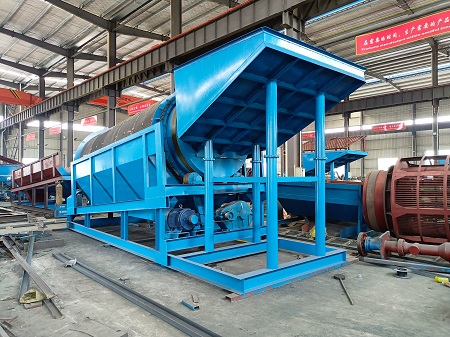
The primary task of the roughing stage is to quickly discard a large amount of light gangue and preliminarily concentrate gold minerals. The jig machine is the core equipment for roughing operations. Its working principle involves using pulsating water flow to stratify mineral particles in vertical alternating currents based on density: high-density gold particles quickly settle to the bottom of the equipment to form a heavy mineral layer (concentrate), while low-density light gangue is carried away by the upper water flow and discharged as tailings. Known for its large processing capacity, strong adaptability, and stable recovery rates, the jig machine is the most commonly used equipment for roughing placer gold ore.
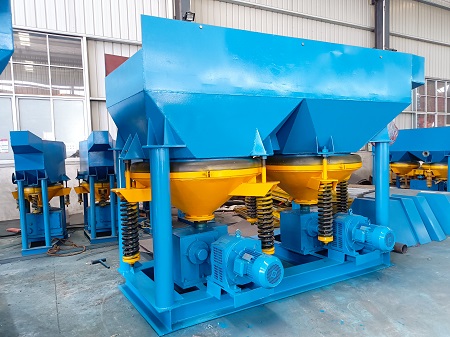
After roughing, a significant amount of fine gold particles remains in the slurry, which are easily carried away by water flow and lost. To recover these valuable resources, scavenging operations are necessary. The vibrating sluice (also known as a shaking sluice) is an ideal equipment for scavenging, skillfully combining mechanical vibration and film separation principles. The high-frequency vibration of the bed surface effectively disrupts the surface tension of the slurry, creating favorable conditions for the settlement of fine gold particles, allowing them to be captured through grooves or carpets on the bed. This equipment exhibits strong adaptability to viscous ore sand and significantly improves the overall recovery rate of fine gold.
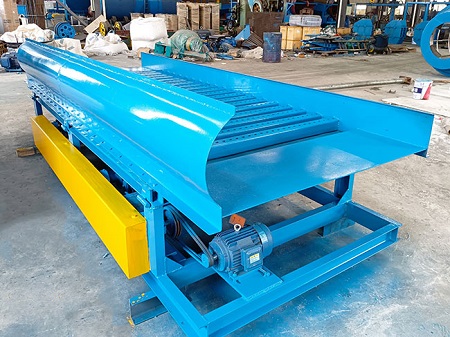
Re-recovering tailings generated from roughing and scavenging is a critical step to enhance the overall recovery rate. The centrifugal concentrator plays a vital role in this stage. By generating centrifugal force tens or even hundreds of times greater than the gravitational field through high-speed rotation, it effectively concentrates fine gold particles. The centrifugal concentrator is particularly effective for recovering fine gold, making it an ideal equipment for minimizing gold loss and maximizing economic benefits.
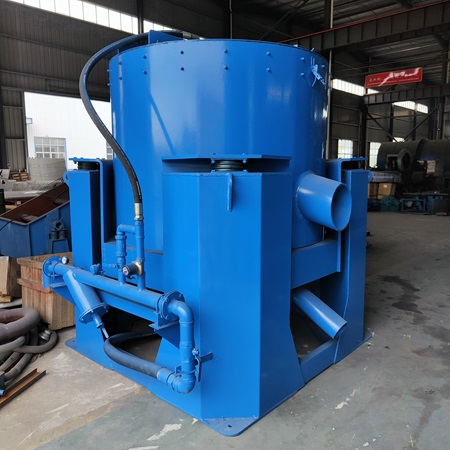
Cleaning is the final step to obtain high-grade gold concentrate. The shaking table is renowned for its exceptional separation precision. Relying on the combined effects of asymmetric reciprocating motion and transverse washing water flow, it enables precise stratification and zoning of mineral particles based on both density and particle size. This results in a high-purity final product in the gold concentrate zone.
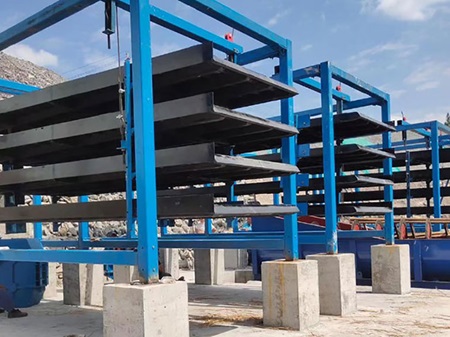
Placer gold ore processing relies heavily on gravity separation, with each piece of equipment—from the drum screen to the jig machine, vibrating sluice, centrifugal concentrator, and finally the shaking table—playing a critical role. In actual production, equipment selection and configuration can be flexibly adjusted based on the specific properties of the raw ore (such as gold content, particle size distribution, and clay content) to achieve optimal gold recovery results.